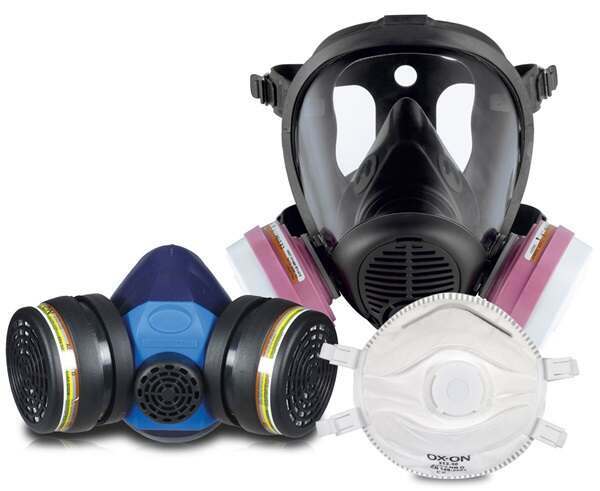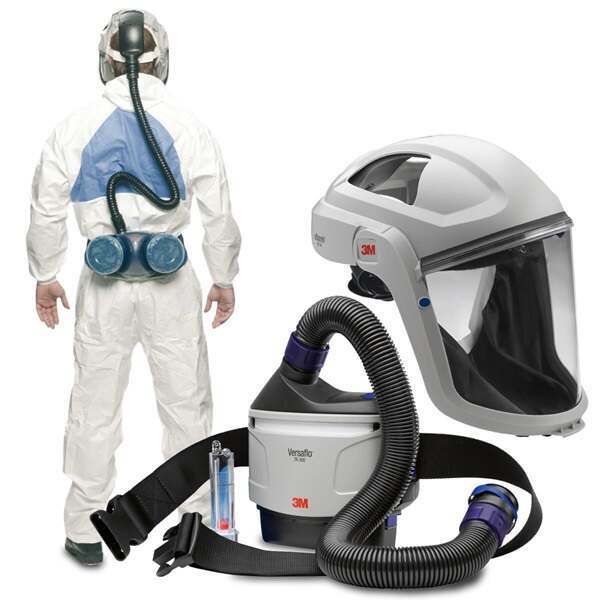Types of respirators
When working with fumes, particles and dangerous substances, it is important that you wear a safety mask – also called a respirator. Here is how to choose the right one.
There are three types of respirators:
Filtering respirators
Also called short-term masks. The most widely used respiratory protection devices - available both with and without exhalation valves.
NOTE: These types of masks must not be used more than three hours per day. There are three types of respirator models within this category:
-
Filtering "face masks" (also called cup masks, dust masks or single use masks) covering the nose and mouth.
-
Filtering "half masks" with fixed or replaceable filters covering the nose and mouth.
-
Filtering "full masks" with replaceable filters covering the nose, mouth and eyes.


Motorized respirators
Also called "turbo units" due to the battery-powered motor that blows air into the respirator through one or more filters (please note what the equipment purifies the air - but does not generate oxygen). The turbo unit is combined with a full or half mask, hood or a headpiece with a tight-fitting visor.
NOTE: This type may be used for more than three hours per day.


Supplied air respirators (SARs)
This equipment is used in workplaces with a lack of oxygen with no filters to remove the contaminants. Must also be used when there are higher concentrations of contaminants than the filters are intended for. Compressed air line respirators are combined with a full or half mask, hood or a headpiece with a tight-fitting visor.
NOTE: This type may be used for more than three hours per day.
Some types of tasks are subject to special regulatory requirements (for example, working with slurry silos). These tasks require the use of supplied air respirators (SARs).


